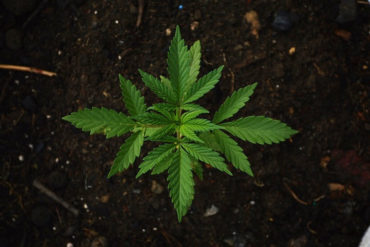Anybody who has been out to buy anything with a diamond, albeit a diamond engagement ring, a diamond necklace, or even wholesale loose diamonds, must have wondered at some point in time why these ‘stones’ are so pricey and what makes them as valuable as they are.
This article looks into the creation of these gems and how miners acquire them. Hopefully, it will answer these frequently asked questions about diamonds once and for all.
Diamond Creation or Formation
Diamonds and most other crystal-like gems are formed beneath the Earth’s surface. They are formed deep in the Earth’s crust, more than 125 miles below the surface, where conditions are said to be just right for gems such as diamonds to form.
Everything needed to turn carbon into precious stones exists in the crust, and to turn pure carbon into diamonds, what is needed is extreme heat, intense pressure from the weight of everything at that depth being squashed by whatever is above (upper layer rock and dirt bearing down), and, of course, a source of carbon such as coal, carbonate rocks, or organic carbon.
These are the conditions required to turn carbon into precious diamonds. Synthetic or lab-grown diamonds are also created in the same way, with the only difference being that they are ‘grown’ in labs that can mimic the conditions at the Earth’s crust (high heat and pressure).
This means that there is hardly any difference between buying lab-grown diamonds and natural diamonds. In fact, lab-grown diamonds generally have fewer flaws than natural diamonds.
However, natural diamonds are much more valued simply due to the nostalgic element surrounding them and also because they take billions of years to form compared to lab-grown diamonds, which are grown within weeks.
Diamond Distribution
The diamonds mined closer to the Earth’s surface were actually ‘sent up’ from the crust via geological activities such as deep-seated volcanic eruptions and magma flows that crush through thin layers of Earth. Some eruptions are more violent, depending on the physical attributes of the region’s geological construct.
Most of these eruptions occurred long ago when the Earth was hotter. The eruptions have been deemed the ‘transport factor’ that ferried diamonds already formed from the mantle to the planet’s surface.
All the volcanic material that was sent to the surface eventually cooled off, forming Kimberlites, which are the general sources of mined natural diamonds. Another interesting fact is that diamonds must be ‘quickly ferried’ from deep in the Earth to the surface to maintain their form and atomic structure. Otherwise, diamonds ferried slowly over long periods would turn into graphite.
Hence, the only way that diamonds mined maintain their atomic structure is through rapid cooling, which locks in the diamond’s atomic structure as it was organized in the crust.








